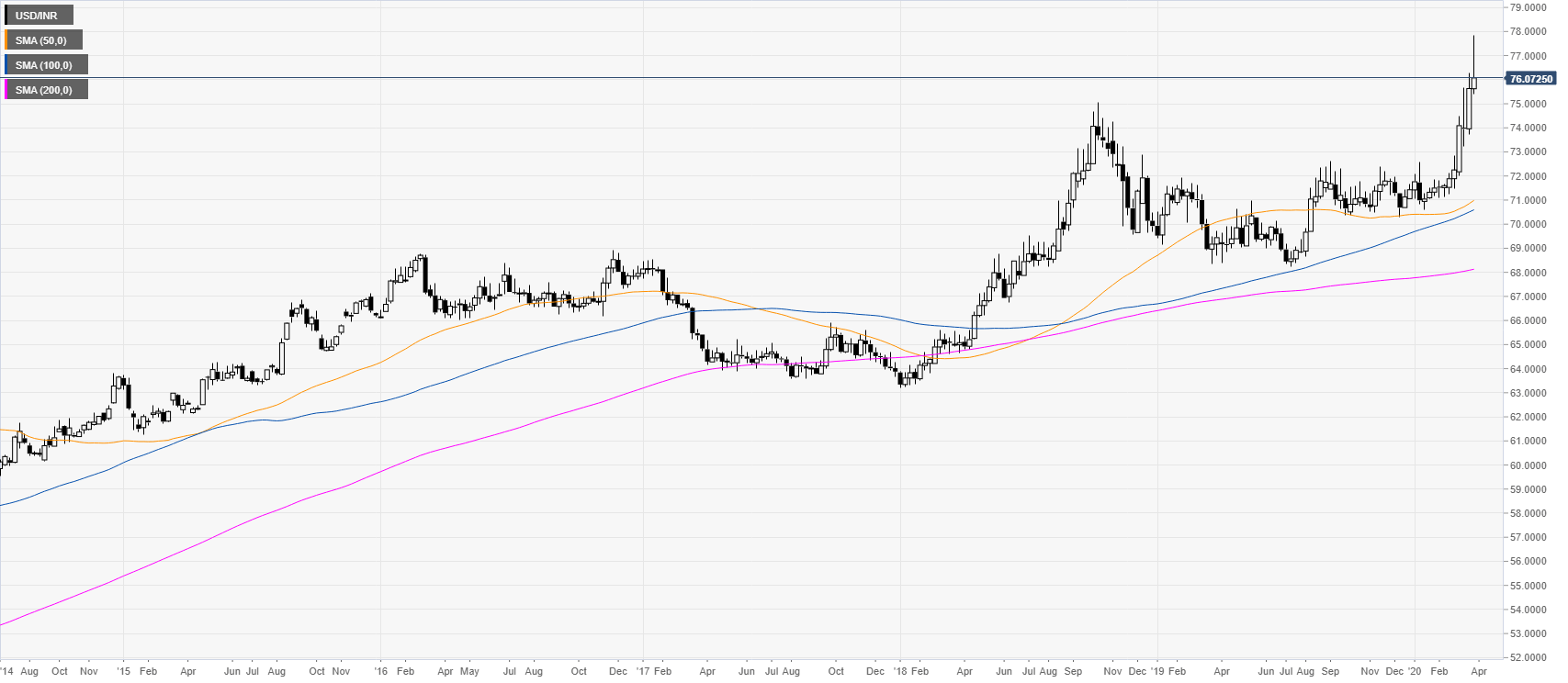RULES OF WAR
As Asia goes into a lockdown, currencies have been volatile and unpredeictive with most traders not skilled or exposed to such economics or wide swings and a certain discipline has to be maintained to remain active during this period.
Less than a week ago the Fed slashed rates by 100 basis points to the effective lower bound, reintroduced a $700bn QE program, rolled out crisis-era purchase programs and renewed global dollar swap lines. Despite these actions, the US and global financial conditions remain historically tight.
Unyielding financial conditions are the by-product of poor policy transmission channels from monetary policy to the conditions that impact the real economy. In essence, actual rates have risen sharply, the dollar has surged and spreads for commercial paper, corporate and municipal bonds and mortgages have widened dramatically.And what was supposed to instill some calm and stability into the market last week turned into anything but after global central banks’ unprecedented level of policy coordination. Sadly, wartime economics is not going to help with everyone in lockdown sitting at home watching Netflix – even more so with unemployment levels around the world exploding higher.
Unlike the Lehman crash, outside the financial sector life went on as usual; in essence, restaurants took bookings, taxis took rides and shops were still bustling. This time around, the entire global economy is on the precipice of shutting down, which means unemployment will skyrocket. Quarantine measures will likely be more protracted, significantly impacting both household consumption and business activities for months ahead.
There's been a breakdown in market function and flow imbalances are the primary cause. The Fed's introduction of emergency lending programs should ultimately cap funding spreads, though volatality could persist in the near term. Long-end swap spreads need restoration of market liquidity as well as an ease in funding costs to reverse recent tightening.Given the widening spread of Covid-19 outside China, economists are in the process of unilaterally downgrading global GDP forecast for the third and, in some cases, the fourth time in the past two months. These rapid and unprecedented downgrades illustrate just how fast we've moved from a brief health scare to a full-blown global recession.
Traders are pricing in a severe global recession as the US/EU adopt draconian measures to contain the pandemic, likely pointing to an unprecedented G2 recession (since World War II). While the situation in China, South Korea and Singapore seems to be contained, recent data suggests the virus is spreading in other parts of ASEAN and India. As such, to defend against a secondary cluster spread, all of Asia has effectively gone into lockdown mode, suggesting growth in the region will fall well below current negative revision. Which, of course, is going to trigger more central bank policy easing and government support.
A staggering $55bn of portfolio money has exited Asia (ex-China) since the Covid-19 crisis began, with equities losing $36bn and local debt markets around $18bn. This has effectively reversed all the money that had come into the region cumulatively since December 2018. Most of this - $42bn - left in March alone, which speaks volumes to the increasing pressure from global de-risking dynamics.

The Rules are clear, currencies goes up the stairs and comes down by a lift. Remember trend is the best friend and be religious on stop-losses as such markets can oscillate wildly. All we need to do now is to play safe and keep low open positions and take your profits as they come by.